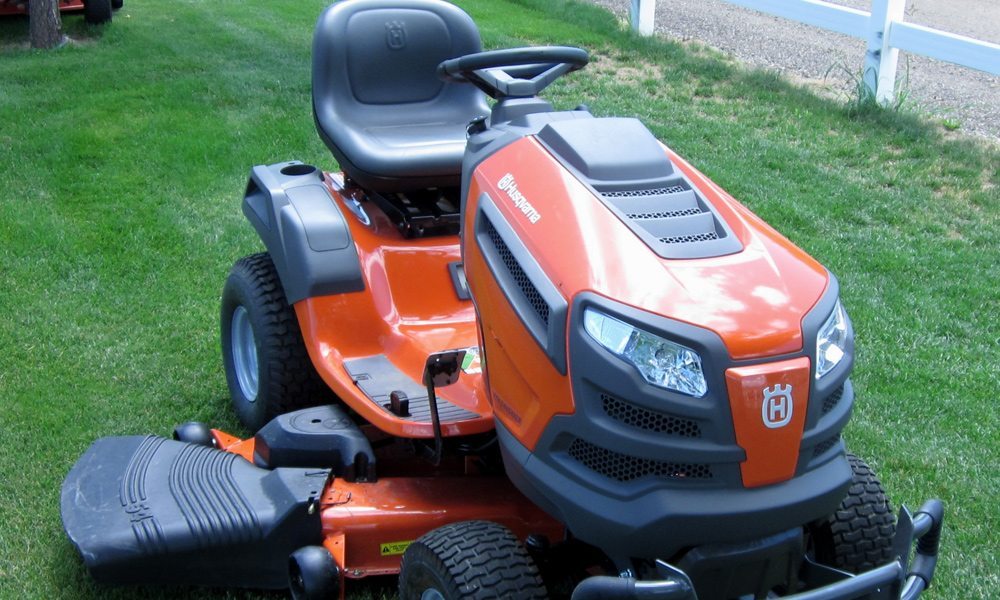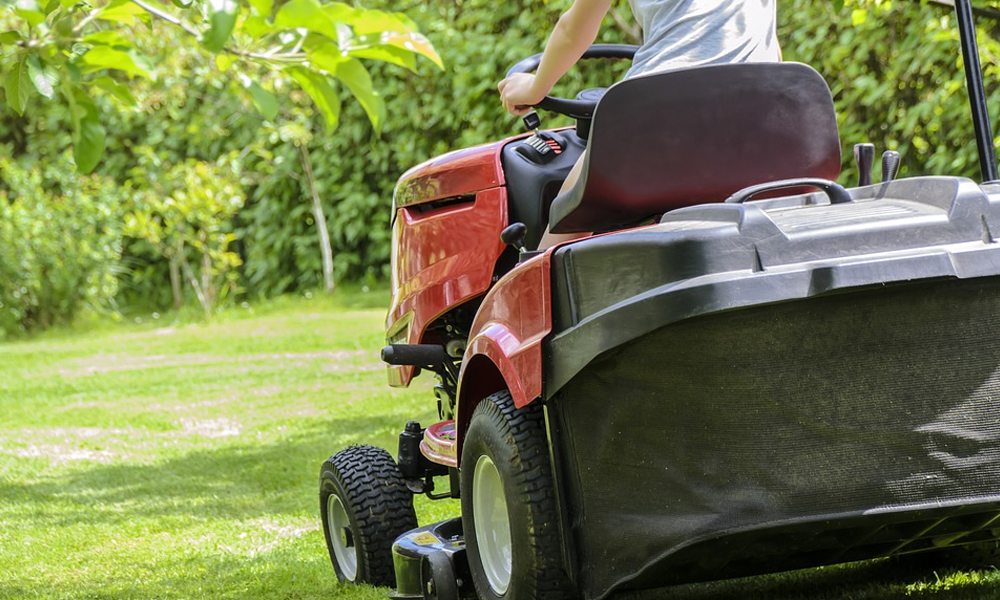Is It Worth Buying a Riding Mower?
Exploring the Pros and Cons of Riding Mowers for Your Lawn
When it comes to maintaining a well-manicured lawn, choosing the right type of mower is essential. With many options available on the market, it can be difficult to decide which one is best for you. In this comprehensive article, we will explore whether investing in a riding mower is worth it and provide helpful tips and advice for customers to make an informed decision.
Pros of Buying a Riding Mower
Efficient for Large Lawns
One of the key advantages of a riding mower is its efficiency in mowing large lawns. If you have a sizeable yard (half an acre or more), a riding mower can drastically reduce the time and effort required to mow it. A zero-turn mower is a popular choice for homeowners with large yards, thanks to its maneuverability and speed.
Comfortable Operation
Riding mowers offer a comfortable experience for the user. Unlike push mowers or walk-behind mowers, you can sit on a riding mower and navigate your lawn with ease. This is particularly beneficial for individuals with mobility issues or those who want to avoid the physical strain associated with manual mowing.
Versatility
Riding mowers are versatile machines, often compatible with various attachments that can be used for tasks beyond just mowing. These attachments include lawn sweepers and specialized lawn mower blades for mulching, bagging, or dethatching.
Cons of Buying a Riding Mower
Initial Investment and Maintenance Costs
A major drawback of riding mowers is their relatively high initial cost compared to other mower types, such as electric lawn mowers or even cheap lawn mowers. Moreover, riding mowers typically have higher maintenance costs, including oil changes, filter replacements, and repairs.
Not Ideal for Small Yards
Riding mowers are not well-suited for small yards, as they may struggle to navigate tight spaces and corners. For homeowners with smaller lawns, a lawn mower for small yards would be more appropriate.
Environmental Impact
Gas-powered riding mowers have a larger environmental footprint compared to battery-powered lawn mowers or reel mowers. Emissions from gas mowers contribute to air pollution and may pose health risks to operators and the environment.
Tips for Making the Right Decision
- Assess Your Lawn Size and Terrain: Consider the size and terrain of your yard before deciding whether a riding mower is the right choice. If your lawn is small, you might be better off with a self-propelled lawn mower or a robot lawn mower.
- Budget Constraints: Determine your budget and weigh the initial investment and ongoing maintenance costs against the potential benefits of a riding mower.
- **Environmental Considerations:** If you are environmentally conscious, consider opting for a more eco-friendly option, such as an electric or corded electric lawn mower. 4. Storage Space: Ensure you have adequate storage space for a riding mower, as they tend to be larger than other types of mowers.
- Research and Compare: Read lawn mower reviews and compare different types of mowers before making a decision. Don’t forget to factor in any additional costs associated with attachments or accessories.
Safety Features to Look for in a Riding Mower
Riding mowers can be powerful machines, so it’s essential to prioritize safety when using one. When choosing a riding mower, keep an eye out for these essential safety features:
- Deadman’s Switch: This feature ensures that the mower’s engine stops running if the operator leaves the seat, helping to prevent accidents.
- Reverse Caution Mode: Some mowers have a feature that requires the operator to press a button or switch when mowing in reverse, serving as a reminder to check for any obstacles or hazards behind the mower.
- Blade Brake: This feature stops the mower blades quickly when the operator disengages the cutting system, reducing the risk of injury.
- Safety Guards: Protective guards around the mower deck and engine can help prevent debris from being thrown out at high speeds, minimizing the risk of injury to the operator or bystanders.
For more information on lawn mower safety features, check our article on 7 essential lawn mower safety features you should look for.
Maintenance Tips for Riding Mowers
Proper maintenance is crucial for extending the life of your riding mower and ensuring optimal performance. Here are some top maintenance tips to keep in mind:
- Regularly Check and Replace Oil: Regularly check the oil level in your riding mower and replace it as needed to keep the engine running smoothly.
- Clean the Mower Deck: Keep the mower deck clean to ensure proper airflow and prevent grass clippings from building up, which can hinder performance.
- Sharpen and Balance Blades: Regularly sharpen and balance your mower blades to maintain a clean and even cut.
- Inspect Belts and Pulleys: Regularly inspect the belts and pulleys for wear or damage, and replace them as needed to avoid potential issues.
For more information on lawn mower maintenance and care, explore our top lawn mower maintenance tips for optimal performance and our guide to maintaining and repairing lawn mower engines.
Conclusion
In conclusion, investing in a riding mower can be worth it if you have a large lawn and value comfort and efficiency during mowing. However, they may not be the best option for everyone, considering factors such as cost, environmental impact, and suitability for smaller yards. It’s essential to assess your needs and conduct thorough research to make an informed decision.
Our guide to choosing the right lawn mower for your terrain can be a helpful starting point as you explore the various options available. Additionally, don’t forget to consider other lawn care equipment such as Best ATV Snow Plows and Best Leaf Vacuums to keep your property well-maintained year-round.

